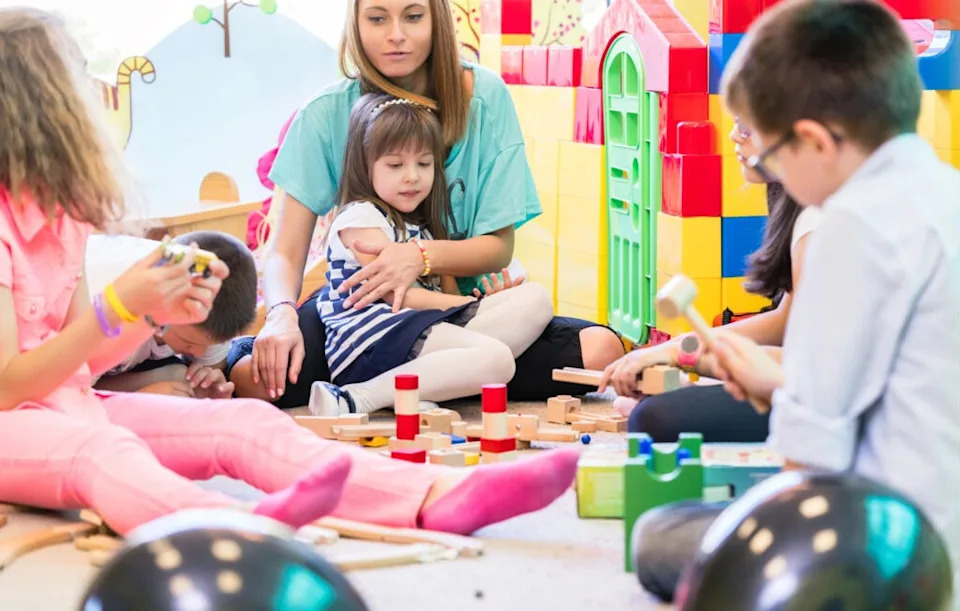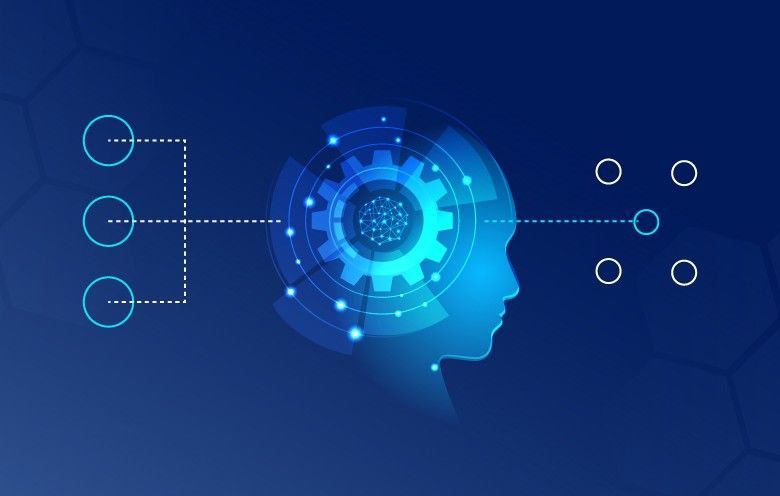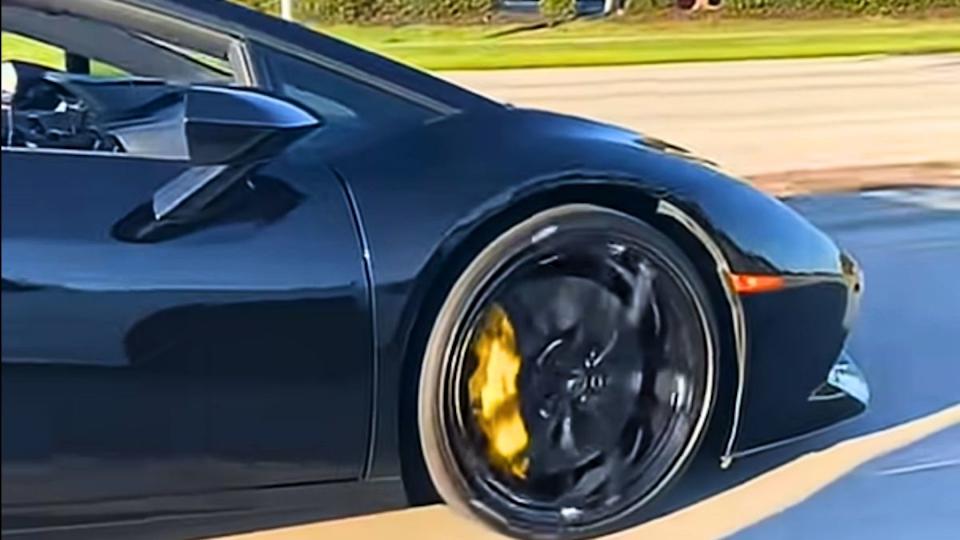Autism spectrum disorder (ASD) has been, for just over a decade, the convergence of a wide array of neurodivergences, but the process of trying to firmly define the signs and traits has gone on much longer.
Sometimes autism is defined in levels, other times with terms like “mild” and “profound,” and sometimes in terms of high and low support needs, but so far, no set of guidelines has accurately captured the complexity of range and nuance of autistic experience.
Redefining autism neurotypes in terms of subtypes could help overcome that quandary, although there’s concern that it could further create ‘boxes’ that not everyone fits.
Strengths, Struggles, & Support Needs
 Photo by Kzenon on Deposit Photos
Photo by Kzenon on Deposit PhotosThe definition of ASD is currently fairly broad. Diagnosis can involve checking the box on enough traits out of the long list as defined in the current edition of the DSM, which means that two people may both meet the criteria for diagnosis, yet have little in common.
In general, this involves at least some social struggles. However, that may range from one autistic person being completely nonverbal to another struggling with certain social cues or being extremely literal-minded. Some autistic people also learn heavy masking that can disguise these social struggles, though it can be extremely mentally and physically draining to do so.
Autism also involves some behavioral traits, but this, too, can vary, from one person’s repetitive behaviors to another’s sensory issues. It can involve highly restrictive routines or strong fixations on a special interest, and all of this may manifest differently depending on age, coping skills, and environment, among other factors.
This extreme diversity under one diagnostic term means that autistic people whose support needs are lower or whose traits are well-masked or otherwise less visible are often invalidated.
Four Proposed Subtypes
One study has examined the genetic profiles, traits, and development of more than 5,000 children, and the researchers are proposing four subtypes that would be employed to differentiate between the wide range of ways individuals experience and exhibit autism.
The four subtypes currently proposed would, according to Technology Networks, include Social and Behavioral Challenges; Mixed ASD with Developmental Delay; Moderate Challenges; and Broadly Affected.
Ideally, this would promote broader understanding among educators, employers, healthcare providers, and others that autism can involve less visible support needs, and that not all autistic individuals have challenges that are readily apparent in academics or communication.
It would also help families by helping to predict the types of struggles a child is most likely to face and hint at developmental arcs.
Social & Behavioral Challenges
This subtype, the most common found in the study, represented about 37% of participants, and encompasses people whose autism results in a struggle to pick up on unspoken social cues, and those who may engage in repetitive behaviors like fidgeting, hair-pulling, or skin-picking.
These individuals may be later diagnosed because they may meet other developmental milestones within normal time frames. Some may begin reading early (hyperlexia), or they may start speaking at the latter end of the typical developmental time frame but immediately begin with complete sentences and unusual vocabulary. Others may seem to develop these skills in a typical way, and differences may not be noticeable until later.
Researchers think that some of these individuals may have genetic factors for autism, but that the factors may be ‘activated’ later in life, rather than presenting at birth.
These individuals may be more subject to social anxiety, depression, and other mental health struggles than their peers. They may overwork themselves with simply ‘masking,’ or hiding these autistic traits, consciously or subconsciously. For this reason, it could be very beneficial to identify the presence of these genes early to offer the necessary support.
Mixed ASD With Developmental Delay
Almost one in five kids in the study presented with this subtype. These individuals may be delayed in speech or in motor skills, and also show struggles with social interactions, as well as repetitive or compulsive behaviors.
Notably, researchers did not find that these individuals were more prone to anxiety or ADHD than their non-autistic peers.
Early diagnosis of this subtype could result in more tailored support and a better understanding of what the individual’s capabilities could be, which could support parents in helping their child achieve within their abilities.
In examining genetic factors, researchers posited that this subtype seems to occur when the genes associated with autism are activated in utero, since it seems to show broad effects that may happen in early brain development.
Moderate Challenges
About 1 in 3 study participants fall into this category. These individuals may show autistic traits, including social and behavioral struggles, at lower rates than some of their peers.
They are likely to reach developmental milestones on time and don’t typically present with comorbidity of ADHD, anxiety, depression, or other mental health concerns.
Like those in the Social & Behavioral Challenges category, one key concern for this group may be that their symptoms and struggles can be easy to overlook (especially in families where a sibling has one of the subtypes that presents with developmental delays).
Here again, diagnosis is very valuable because it helps parents, educators, and others provide the child with the support they may not have otherwise recognized was needed.
Broadly Affected
While this may be the type of autism that people are most familiar with, it was the least common to appear in this study, affecting only about one in ten autistic kids.
In terms of genetic factors, researchers found it to have the highest incidence of de novo presentation — that means that it is more likely than other types to occur without a family history of autism. They also found it to have the highest incidence of unique genetic variations. They posit that these genetic mutations occur early in development, causing the highest level of developmental alterations.
These kids may present with more significant communication struggles, behavioral differences that significantly impact their lives, and significant developmental delays.
They also have higher rates of comorbidity with anxiety, depression, and other mood disorders, as well as intellectual disabilities.
Cautionary Notes
 Photo by pixelheadphoto on Deposit Photos
Photo by pixelheadphoto on Deposit PhotosResearchers merely propose these subtypes in one study. They have not, at this point, been added as official subtypes in the DSM, and your child’s doctor or teacher may not, at this point, recognize them as distinct presentations.
The researchers in this same study also say that these four are only a beginning, and that further study could divide autism into more subtypes.
There are still reasons for hesitation about creating subtypes, including that this could be more exclusionary of individuals who don’t perfectly fit one type or another but still need support. Any move forward should include providing support for all who need it, regardless of whether there’s a specific label that fits an individual’s presentation.
Also, though the study included more than 5,000 participants, it should be noted that it was U.S.-based and child-focused, so it also may not cover a full range of presentations based on different cultures, and into adulthood.
That said, the study does indicate the need for further investigation, and if the data is used to raise awareness for families and the general public, it could result in better understanding and support as needed for all autistic people.














